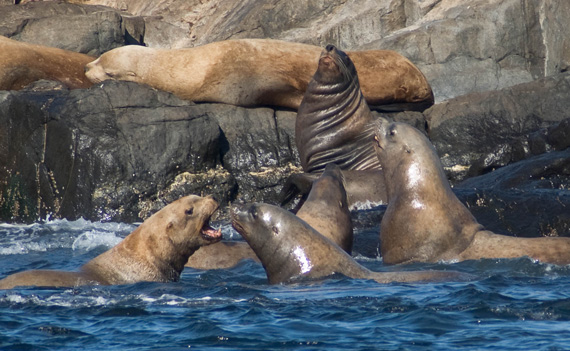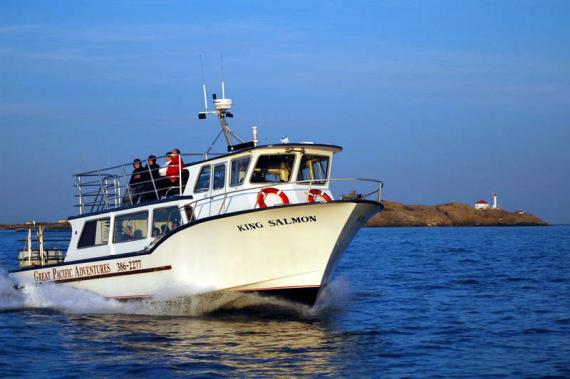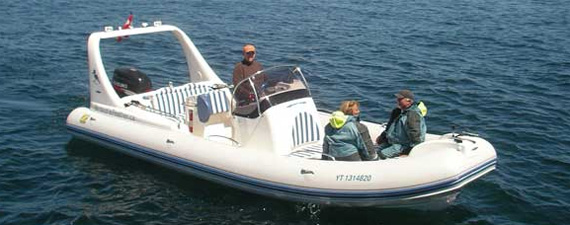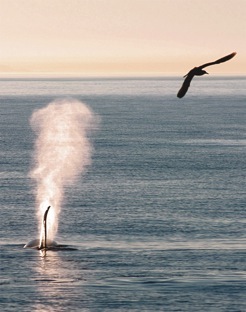Largest new year baby spotted near San Juans
Judith Lavoie, Times Colonist
Published: Wednesday, January 06, 2010
The biggest new year baby in the area is making waves in Juan de Fuca Strait.
A slightly wrinkled J Pod killer whale calf was spotted near San Juan Island Jan. 3 and is believed to have been born within the previous 48 hours.
"It still had its fetal folds, so it was probably a New Year’s baby," said Ken Balcomb, executive director of the Center for Whale Research, based in Friday Harbor, Wash.
The birth is the sixth over the last year for the three endangered southern resident killer whale pods, bringing the total number of animals to 88.
However, the moment of truth will come in late spring when researchers do a head count to see which whales made it through the winter. About 50 per cent of killer whale calves die within the first year.
Survival is usually tied to the availability of salmon and particularly the large chinook salmon, the preferred food for killer whales. The southern residents are also affected by pollution and noise from marine traffic.
Four of the six recent births have been in J Pod, the group that tends to stay around Juan de Fuca Strait and Puget Sound for most of the year. L and K Pods wander farther afield.
"If this area is so bad for them [because of shrinking salmon runs and pollution], you have to wonder why they are doing so well,"
Balcomb said.
A nagging worry about the latest birth is that the mother, J35 – also known as Tahlequah – is only 12. Usually killer whales have their first calf in their mid to late teens.
There was another recent pre-teen birth among the threatened northern resident killer whales, but it is unusual, Balcomb said.
However, family help should be immediately available for the young mom. The calf’s aunt gave birth recently and the grandmother is an active member of the pod.
"It’s a very productive little matriline," Balcomb said.
James Dale, executive director of Pacific Whale Watch Association, also based in Friday Harbor, said bringing up babies is usually a pod effort.
"It is pretty amazing. I think we humans forget they don’t come out of the womb ready to go," he said.
Language, socialization and salmon-catching techniques are among lessons that have to be taught to young orcas, Dale said.
"Then you have to think about what even the smallest animal in the pod has to do. They travel up to 150 kilometres a day," he said.
The lowest population recorded for the three pods was 71 in 1973 and 1976, following decades of shootings and captures. The recent high was 1996 when there were 97 southern residents.
Historically, the three pods had about 120 members.
jlavoie@tc.canwest.com
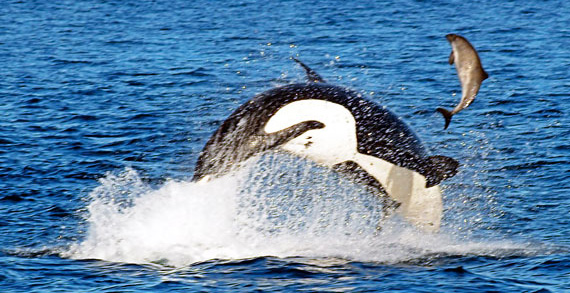 Photo Credit (top): Jeff Lorton
Photo Credit (top): Jeff Lorton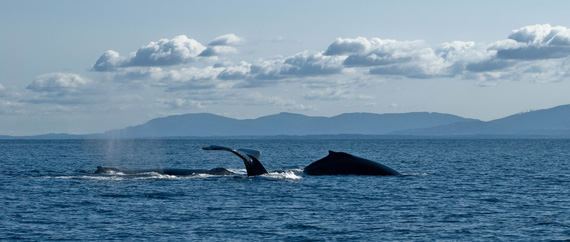 Photo Credits (above & below): Mike Wooding
Photo Credits (above & below): Mike Wooding